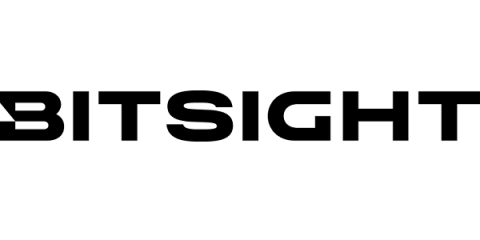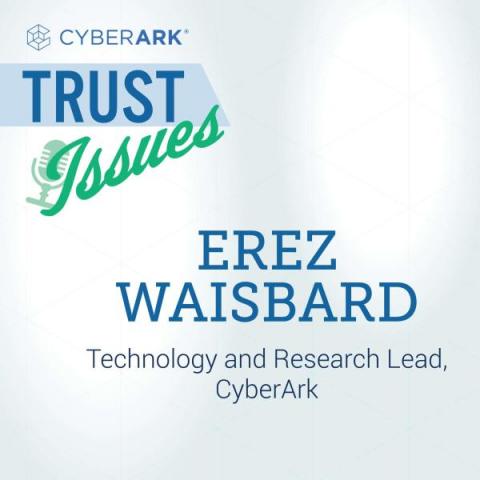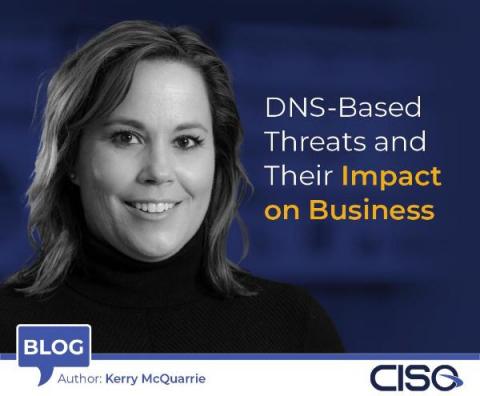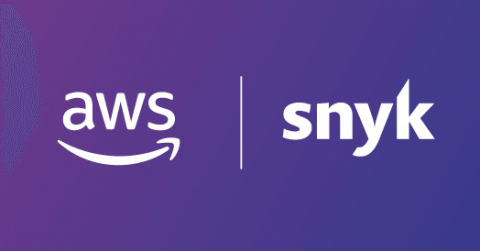Artificial Intelligence Makes Phishing Text More Plausible
Cybersecurity experts continue to warn that advanced chatbots like ChatGPT are making it easier for cybercriminals to craft phishing emails with pristine spelling and grammar, the Guardian reports. Corey Thomas, CEO of Rapid7, stated, “Every hacker can now use AI that deals with all misspellings and poor grammar. The idea that you can rely on looking for bad grammar or spelling in order to spot a phishing attack is no longer the case.











